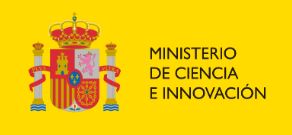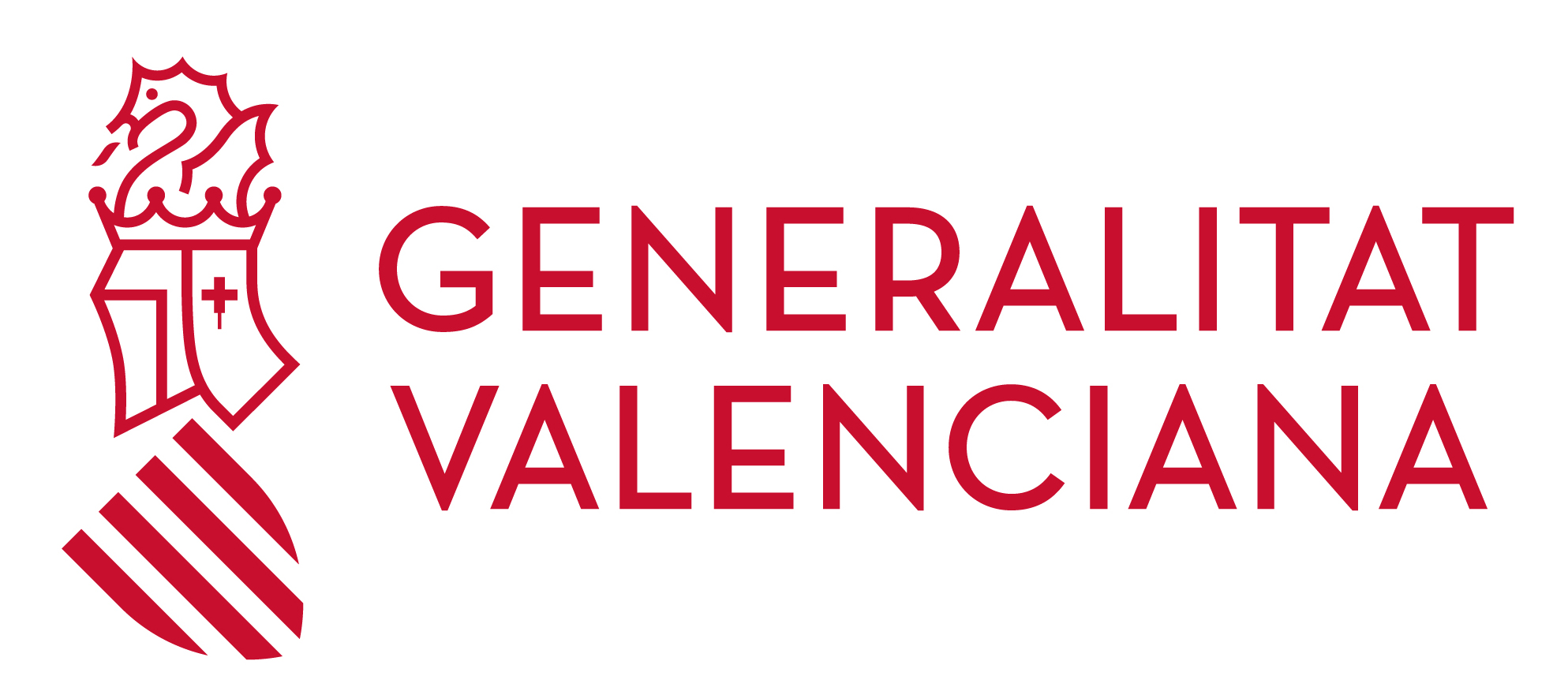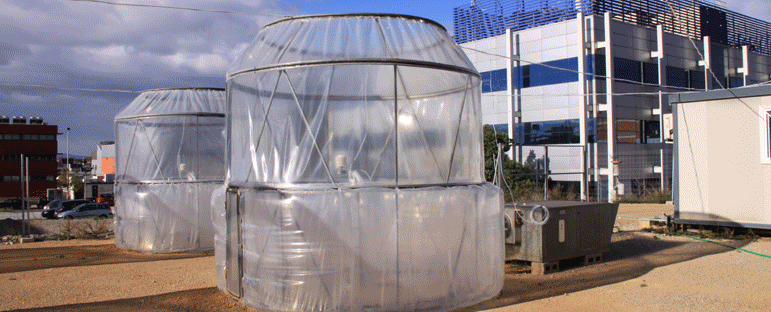| |||||||
|
Conselleria de Medio Ambiente, Agua, Infraestructuras y Territorio | |||||||
|
| |||||||
AIR POLLUTANT EFFECTS AND THE CARBON CYCLE AREA

|
|
|
| |
|
© Fundación de la Comunitat Valenciana Centro de Estudios Ambientales del Mediterráneo - CEAM Parque Tecnológico C/ Charles R. Darwin, 14 46980 - PATERNA - VALENCIA - ESPAÑA www.ceam.es TEL.: +34 609 644 051 info@ceam.es
|
 
|
|
Home | Web Map | Contact | Data Protection | Legal Notice | Intraweb |
|



